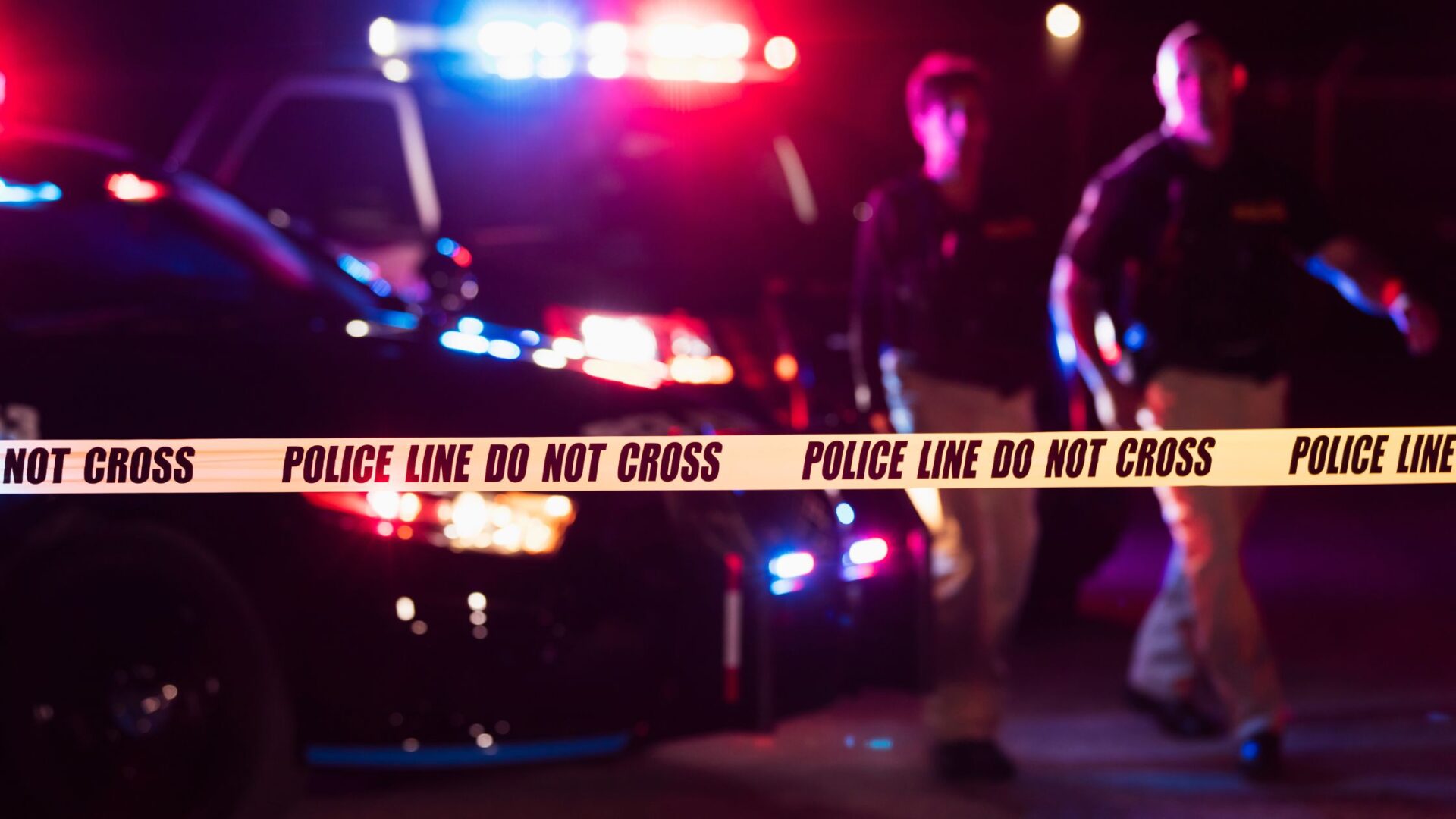Key Takeaways
- A swastika in office led Rep. Taylor to call Capitol Police.
- The image showed a modified flag behind a staffer.
- Taylor strongly condemned the hateful symbol.
- Investigators suspect vandalism rather than staff intent.
- No further comments will come until the probe ends.
Swastika in Office Prompts Swift Action
Last Wednesday, Rep. Dave Taylor saw a shocking image during a Zoom meeting. The image showed a swastika in office pinned to a cubicle wall. It sat behind Angelo Elia, a young staffer who had no obvious role in the incident. Almost immediately, Taylor denounced the hateful sign. He called the U.S. Capitol Police to investigate. For Taylor, upholding respect and safety in his office is vital.
First Response and Statement
Taylor acted quickly. He said that the symbol does not match his values or those of his team. Therefore, he condemned the swastika in office in the strongest terms. He stressed that neither he nor his staff support such hatred. Then he directed an official probe in cooperation with Capitol Police. He refused to share more details until the inquiry finishes. Meanwhile, an office spokesperson hinted that foul play or vandalism might be to blame.
Inside the Investigation
Capitol Police officers arrived within hours of Taylor’s call. They began gathering evidence from the cubicle area. They also reviewed video logs, including that Zoom call picture seized by Politico reporters. Investigators will ask staff members for statements and check building security footage. They hope to learn when and how the symbol appeared. It is unclear if anyone else in the office saw the sign before the photo went public.
What We Know About the Swastika in Office
The image shows a modified American flag with a swastika cut into its stripes. It was pinned right behind Elia’s workspace. Social media users first noted it during a virtual meeting. They quickly shared screenshots that caught national attention. Yet, officials have not linked Elia to placing the symbol. Taylor’s team insists a staff member did not approve or create it. They view it as a malicious act against the office’s reputation.
A Wider Context of Rising Concerns
This incident comes amid reports of extremist messages within youth political groups. Just a day before, a news outlet exposed Young Republican leaders praising a notorious dictator and joking about mass murder. Those private group chats revealed troubling attitudes among some members. Therefore, people worry that hate symbols might spread into more mainstream settings. In this climate, any display of a swastika draws swift public outcry.
Reactions from Colleagues and Community
After the photo of the swastika in office went viral, many lawmakers spoke out. Most condemned the act as unacceptable and demanded a full investigation. Some called for tighter building security. Others asked for sensitivity training for staff. Community groups also expressed alarm that hate symbols could appear in the halls of Congress. Many stressed the need to protect public servants from harassment or political stunts.
What Happens Next
Investigators will take time to sort facts from rumors. They will look for fingerprints or other physical evidence on the flag. They will interview anyone who entered that office space. They will also review digital records to see who had access to the image file during the Zoom call. Once the probe ends, Taylor promised to share relevant findings. For now, the office remains on high alert for any additional threats.
Why This Matters
Finding a swastika in office is not just an isolated prank. It echoes a long history of hate and violence. The swastika stands for a regime responsible for genocide and war. Therefore, displaying it in any public workplace sends a chilling message. It can make staff feel unsafe and undermines trust in public institutions. That is why Rep. Taylor treated the incident so seriously.
Ensuring Accountability and Safety
Taylor’s quick action shows a commitment to accountability. He made clear that no one in his office tolerates hate. By involving Capitol Police, he also set a precedent for other lawmakers. If hate symbols appear anywhere in government buildings, leaders must act at once. Moreover, this case may prompt reviews of office security measures across the Capitol. In addition, it could push for broader education on recognizing and resisting extremist messaging.
Final Thoughts
This episode highlights how vulnerable public spaces can be to hate-fueled pranks or vandalism. However, it also demonstrates that swift reporting and cooperation with law enforcement can address such issues. While the investigation continues, the hope is that truth will come to light. Then, lessons from this incident can help prevent future displays of hate in any office.
Frequently Asked Questions
What steps did Rep. Taylor take after finding the symbol?
He immediately contacted Capitol Police, condemned the sign, and ordered an internal review. No further details will be shared until the probe finishes.
Could the staffer have placed the symbol there?
So far, there is no proof that the staffer had any role. The office spokesperson suggests it likely came from outside vandalism.
How do investigators plan to solve the case?
They will gather physical evidence, review video and digital logs, and interview anyone with office access. They aim to determine who placed the image and why.
Can this incident affect security at the Capitol?
Yes. It may lead to stricter checks of office areas and higher awareness of hate symbols. It could also inspire broader training to spot extremist content.

